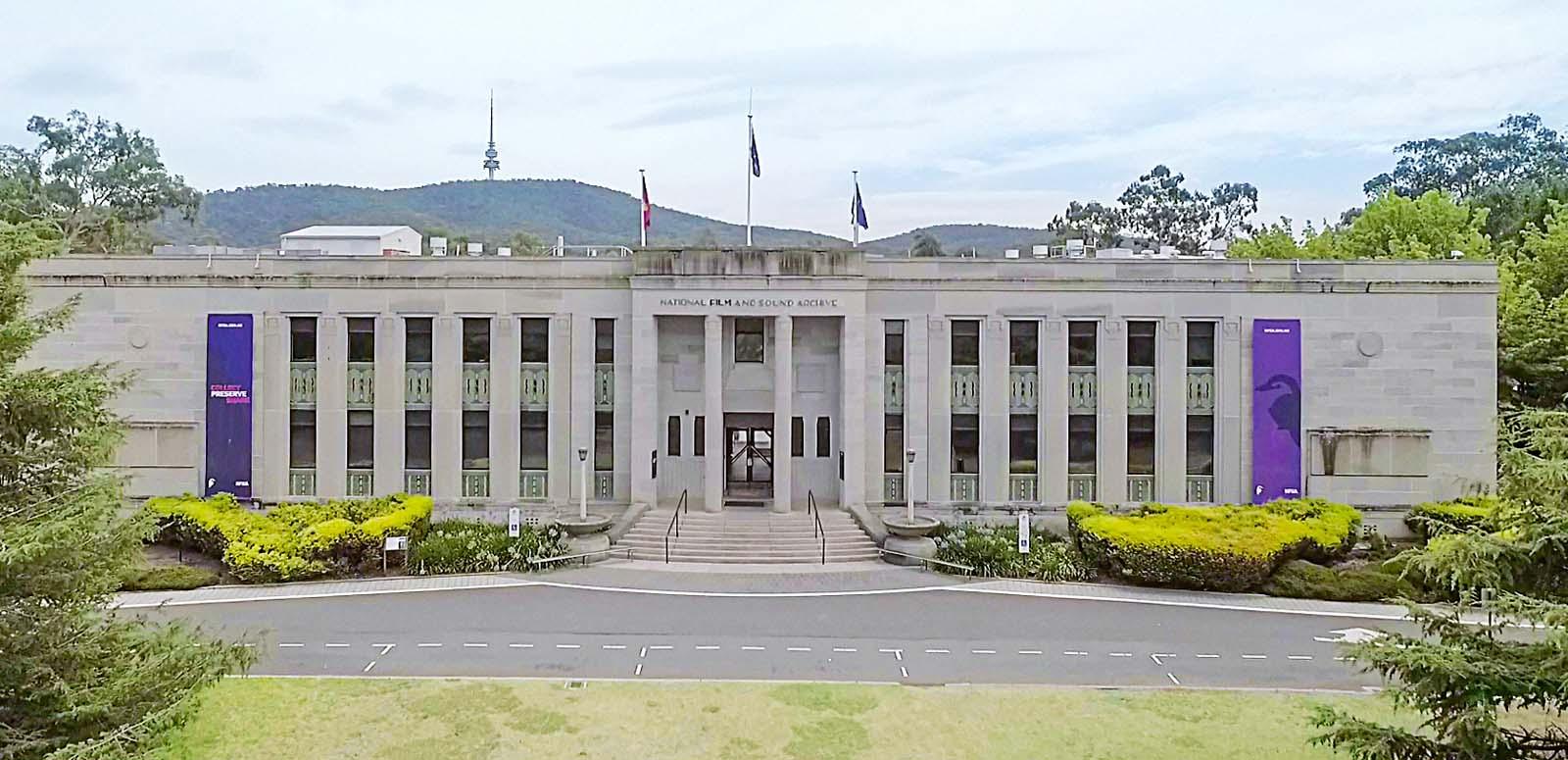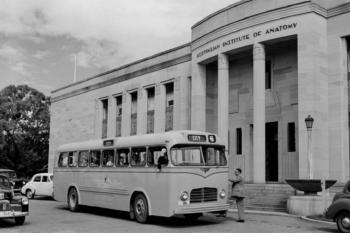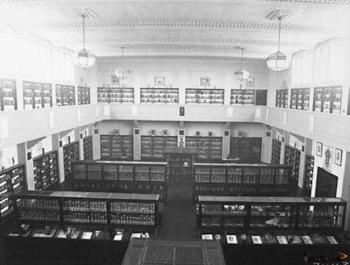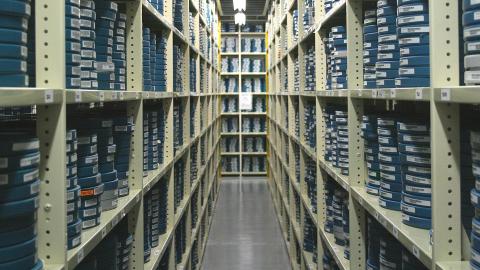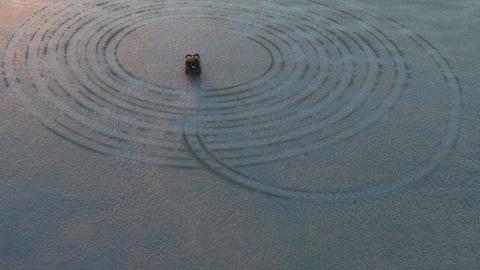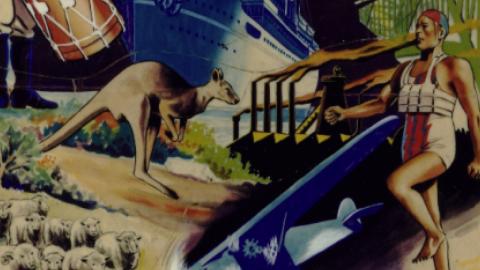WARNING: this article may contain names, images or voices of deceased Aboriginal and Torres Strait Islander people.
During National Reconciliation Week 2020: In This Together, Ann Robb looks at the process of returning Indigenous cultural materials, including those that were once housed in the former Institute of Anatomy building before it became NFSA headquarters in Canberra.

